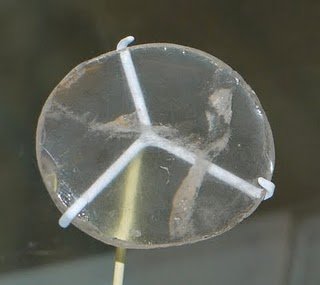- Joined
- Aug 7, 2001
- Messages
- 54,631
Eyeglasses were being made over a century earlier:Whilst it is entirely-possible that Jane Austin, usefully and obligingly, actually had three (say) autobiographically-recorded / differently-coloured pairs of tortiseshell glasses, perhaps made by Dixey & Son (as an exemplar 1770s glasses maker), the technologies of optometry and eyeglasses manufacture were in their infancies.
The earliest recorded working telescopes were the refracting telescopes that appeared in the Netherlands in 1608. Their development is credited to three individuals: Hans Lippershey and Zacharias Janssen, who were spectacle makers in Middelburg, and Jacob Metius of Alkmaar.[4] Galileo heard about the Dutch telescope in June 1609, built his own within a month,[5] and improved upon the design in the following year. In the same year, Thomas Harriot became the first person known to point a telescope skyward in order to make telescopic observations of a celestial object.
https://en.wikipedia.org/wiki/Telescope#History


